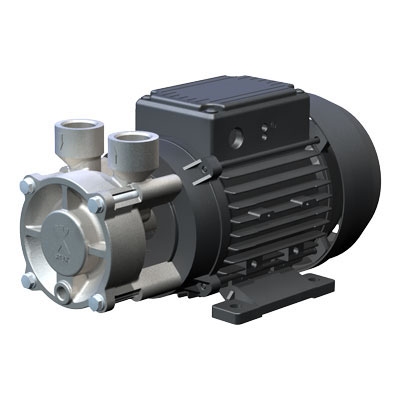Curious to know how vertical pumps and regenerative turbine pumps work? Here’s a detailed answer to your query.
The functionality
When it comes to a vertical pump, they usually work well with an AC electric induction motor or a diesel engine with an accurate angle drive. If you are designing your vertical pump, remember to add at least one spinning impeller. You can connect this impeller to a shaft through the water distribution system into an installed bowl. You can also use a diffuser casing. Additionally, the impellers can also be used through various configurations with the help of similar shafts that include high pressure. Use the same for deep wells and other such systems.
Most vertical pumps work well with water flow that can run through the machine at the base through the suction shell. Once this happens, the water flow moves smoothly into the impeller installed at the primary stage. This helps in increasing the velocity of the water. After this, the water flows into the blows instantly through the impeller. The high velocity of the water is turned into high pressure.

At this point, the bowl supplies the water into the impeller installed at the secondary stage. The method keeps running and repeating throughout the small pumps. As the water flow is supplied away from the diffuser bowl, the flow carries on into a vertical column pipe.
In its final stage, the rotating shaft present in the column is supported at 3 ft to 5 ft breaks through certain places called the sleeve bushings which are installed inside the column. The discharge head lets the flow of the water change its direction towards the discharge pipe. The AC motor of the vertical pump with its high push functionality is placed right above the discharge head.
Want to buy a vertical pump? Check out Speck Pumps on Speck ABC.



